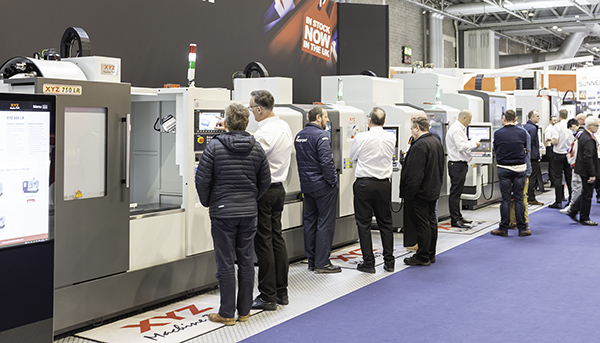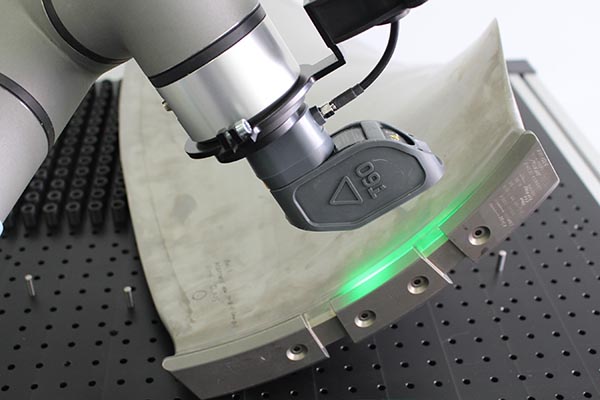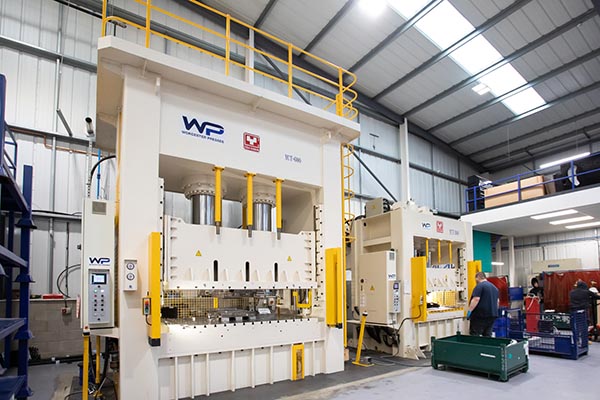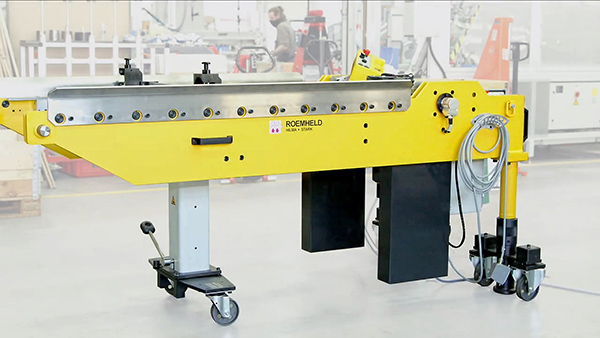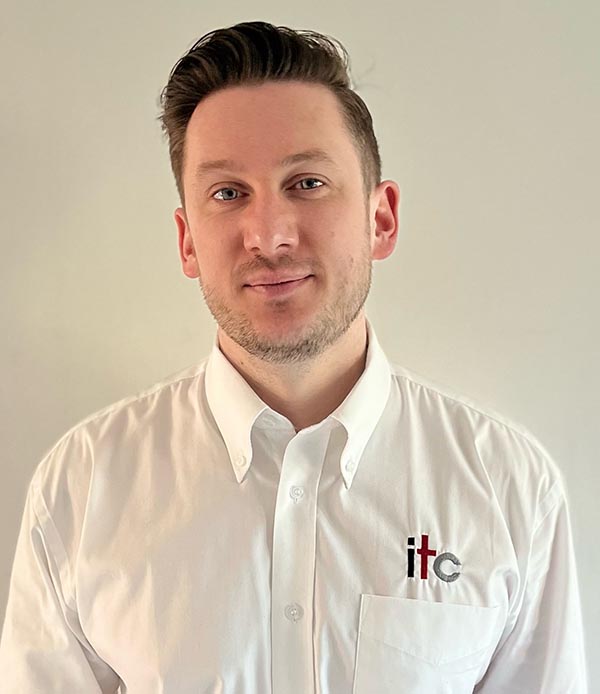
Reflecting on last month’s MACH 2022 exhibition, Nigel Atherton, managing director of XYZ Machine Tools, says: “From day one, our stand at MACH 2022 was busy, and the level of enquiries and new orders resulting from the week are very encouraging and indicate that April will be an even better month than March, which was our best-ever month with a sales order intake of £3.4m.”
By the end of the exhibition XYZ Machine Tools had recorded almost 500 leads, 100 of which were described as “hot”. Indeed, 32 visitors to the stand have already placed orders, with another 192 indicating they would be placing orders in the next 2-3 months, and a further 162 suggesting a six-month lag to placing an order. New orders that can be directly attributed to MACH 2022 currently stand at 37 machines from 32 customers, made up of a mix of three manual machines, 20 ProtoTRAK-controlled mills and lathes, and 14 Siemens-controlled machines (a mix of vertical machining centres, turning centres and five-axis machining centres). The value of these sales is in excess of £2.4m.
For further information
www.xyzmachinetools.com






